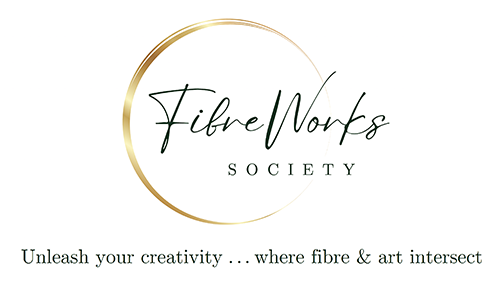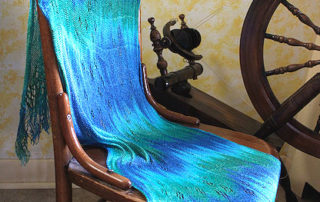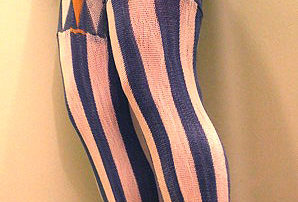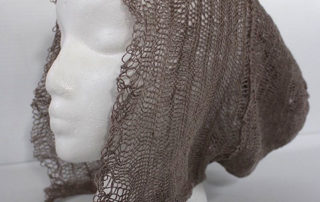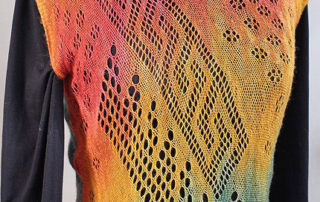Wednesday to Saturday, March 6–8, 2019
$395 plus GST
This class has been cancelled until further notice
All materials included
Sprang is an ancient textile method, dating as far back as the Bronze Age in Scandinavia. We have evidence of this technique from the ancient Persians, Greece, Rome, and Egypt. Some scholars suggest it was the method used to create the vertical striped leggings of Medieval times. Sprang was known across Europe until the time of the Industrial Revolution. It produces textiles with amazing elasticity. Even more intriguing, you get an amazing two rows of cloth for every one row of work.
The primary goal of this workshop is to pique the interest of participants to further exploration of the technique. My teaching philosophy assumes that each student learns at his/her own rate. My role is to assist participants in learning to use their fingers to create the cloth, and each pair of hands is unique. Projects are proposed, but never mandatory, always open for adaptation. Each participant receives individualized attention. Irregularities that appear in the cloth are opportunities for learning. It is hoped that individual participants will be willing to share his/her irregularities with the rest of the class, hopefully allowing fellow participants to avoid such irregularities … or use them as design elements. Powerpoint presentations and short videos are used to illustrate techniques, giving everyone a close up, front row seat view.
Day 1: Using a frame with ready-to-go warp, participants will receive an introduction to the basic interlinking and flat warp techniques. Emphasis is placed on the basic stitch, how to use your fingers to create the desired structure, error identification, correction, and error avoidance. Participants will experience finishing methods as they convert this warp into a small drawstring bag or hat. Time permitting, they will receive assistance to set up and work on a second project.
Day 2: We explore diverse surface designs, use of color, decorative twining, and transpositions. Pattern reading and pattern writing are used as a tool to understand and to plan structures. We give particular focus to ‘irregularities’ (mistakes) how and why they happen, how to avoid them, and also how to use them as design elements. The instructor will discuss diverse surface design, and shaping techniques, how these have been used in historic pieces, and share ideas how they can be used in a modern context.
Day 3: Explore another setup method called circular warp. This is a way to produce cloth that is twice the length of your frame. We also explore lace patterns (aka making holes), how to read the patterns, and how to write your own patterns. The instructor will share ideas on the use of the circular warp method for vests, shawls and more.
Student requirements: No previous weaving experience is necessary. Participants must have good use of two hands, and reasonable eyesight. If you need glasses to read a newspaper, then bring them to class.
For more information, please click on the following links:
More about Sprang and the artist: www.spranglady.com
Educational Videos: Video 1 | Video 2

